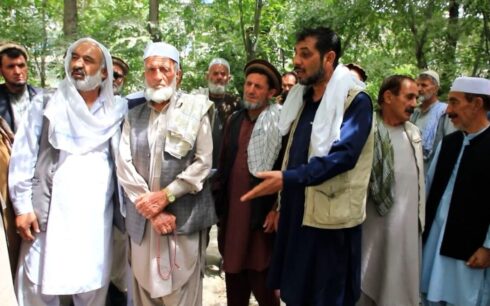At least one in five households in Afghanistan’s northeastern and central highlands is likely facing Crisis (IPC Phase 3) outcomes due to flooding and ongoing macroeconomic challenges, according to the Famine Early Warning Systems Network.
The report noted that food access is expected to improve with the start of the harvest in these areas in September.
“Households in urban areas continue to grapple with low purchasing capacity due to limited access to labor opportunities and a decline in remittances despite ongoing declines in food prices,” the report stated.
In June and July, flooding associated with the Indian monsoon affected at least 1,925 households in the eastern and northeastern, as well as central regions, particularly in Nangarhar, Kunar, and Laghman provinces. Further assessments are ongoing.
The report also indicated flooding impacted households in Badakhshan, Daikundi, and Bamyan provinces, leading to localized damage to vegetable crops.
Staple food prices in Afghanistan remained stable in June 2024, primarily due to the ongoing harvest of wheat, vegetables, and fruits, which increased market supplies. The consistent supply of imports, stability of the Afghani currency against the U.S. dollar, and steady diesel prices also supported food price stability.
Afghanistan has recently been hit by severe natural disasters, including floods and storms, which have claimed the lives of dozens.





